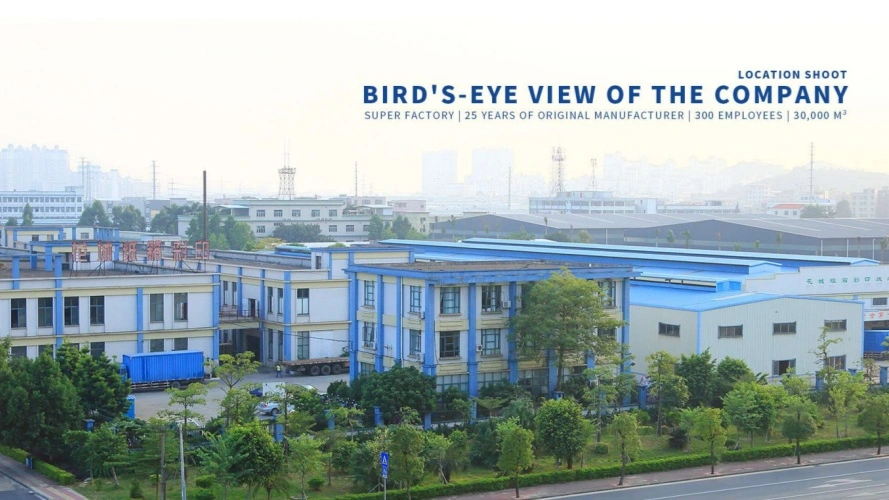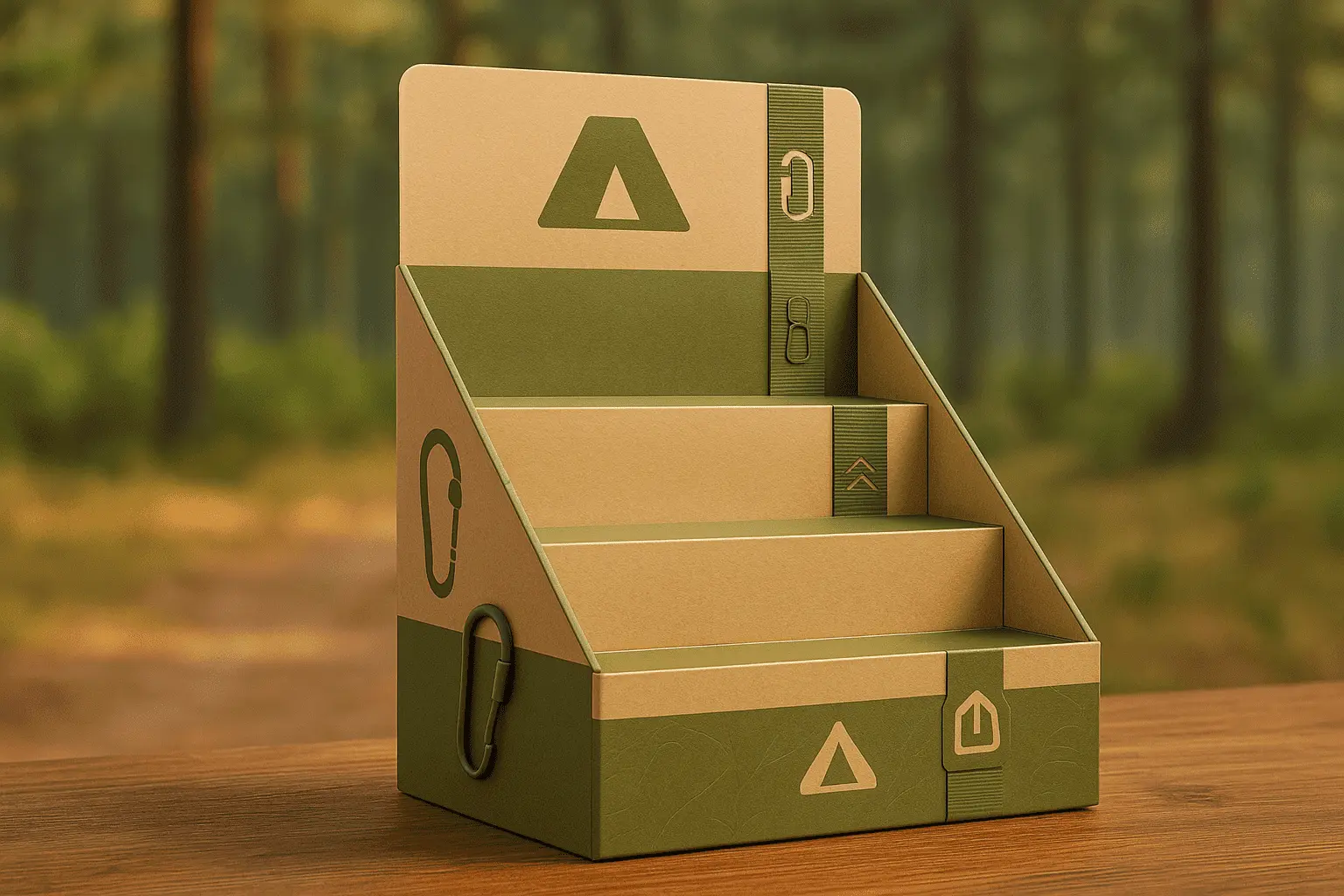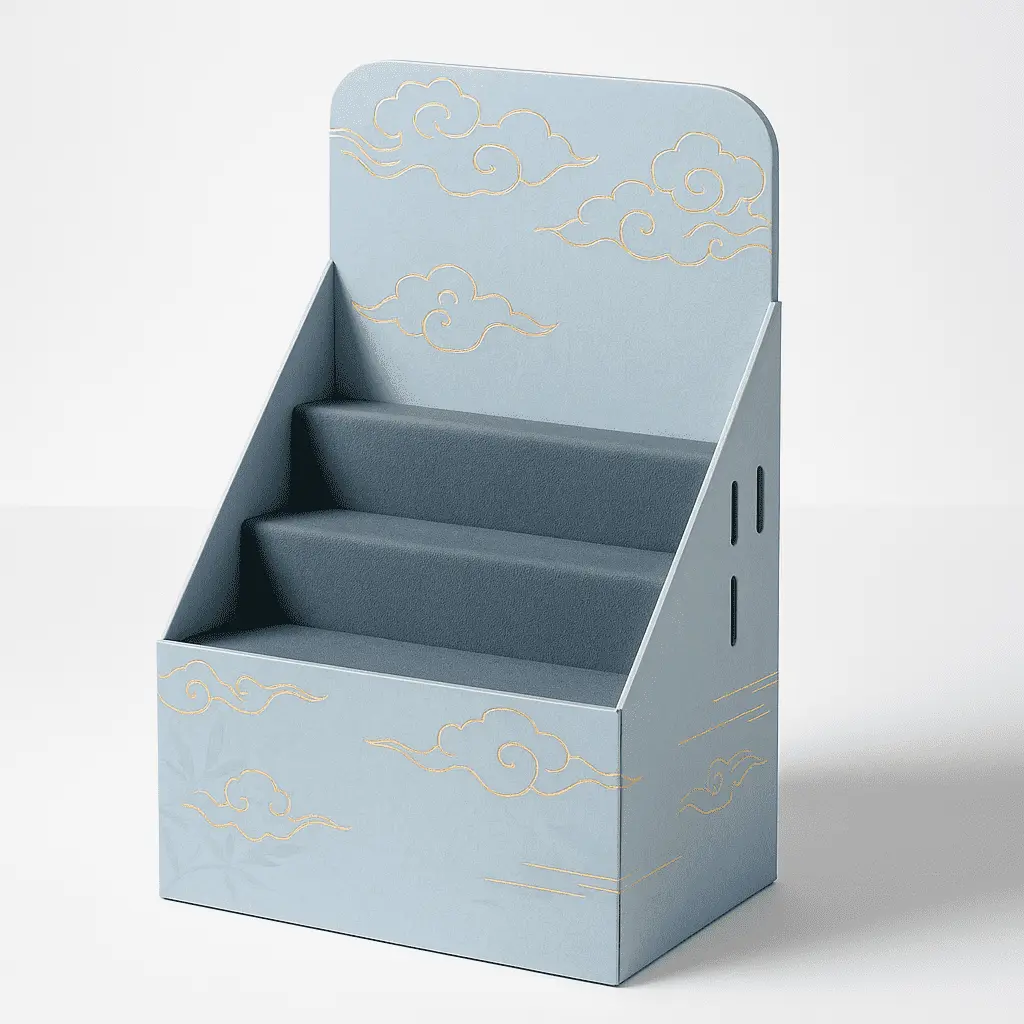The Evolution and Benefits of Retail-Ready Packaging
From Traditional Packaging to Retail-Ready Solutions
The packaging industry has undergone a significant transformation over the years, moving from conventional packaging methods to more innovative and efficient solutions. Retail-ready packaging emerged as a response to the growing demands of both retailers and consumers for more streamlined and visually appealing product presentations. This evolution has been driven by the need to reduce labor costs, minimize waste, and enhance the overall shopping experience.
In the past, products often arrived at stores in bulk containers or generic boxes, requiring significant time and effort to unpack and arrange on shelves. This process was not only labor-intensive but also increased the risk of product damage and created a less organized appearance on store shelves. The introduction of retail-ready packaging has addressed these challenges by providing a more efficient and visually appealing solution.
Key Advantages of Retail-Ready Packaging
Retail-ready packaging offers numerous benefits for both brands and retailers. One of the primary advantages is the significant reduction in time and labor required for shelf stocking. With RRP, products can often be placed directly on shelves without the need for individual unpacking, saving valuable time and resources for store staff.
Another crucial benefit is the enhanced product visibility that RRP provides. These packages are designed to be eye-catching and informative, often featuring bold graphics, clear branding, and product information that is easily visible to shoppers. This increased visibility can lead to improved brand recognition and higher impulse purchase rates.
Impact on Supply Chain Efficiency
Beyond the retail environment, retail-ready packaging has a positive impact on the entire supply chain. The sturdy construction of RRP helps protect products during transportation, reducing the likelihood of damage and waste. Additionally, the uniform size and shape of many retail-ready packages make them easier to stack and transport, optimizing space utilization in warehouses and delivery vehicles.
This improved efficiency extends to inventory management as well. Retail-ready packaging often includes features that make it easier to track stock levels and manage inventory, such as clear product information and easily scannable barcodes. These elements contribute to more accurate stock control and smoother replenishment processes.
Designing Effective Retail-Ready Packaging for Maximum Impact
Essential Elements of Successful RRP Design
Creating effective retail-ready packaging requires careful consideration of several key elements. First and foremost, the packaging must be easy to identify and open. Clear branding and product information should be visible from multiple angles, ensuring that both store staff and customers can quickly recognize the product. The opening mechanism should be intuitive and straightforward, allowing for quick and easy access to the products inside.
Structural integrity is another crucial aspect of RRP design. The packaging must be robust enough to protect the products during transport and handling, while also being stable when displayed on store shelves. This balance between protection and presentation is essential for maintaining product quality and creating an attractive display.
Incorporating Brand Identity and Product Information
Effective retail-ready packaging serves as a powerful marketing tool, extending a brand's visual identity onto the store shelf. The design should incorporate key brand elements such as logos, color schemes, and typography in a way that is consistent with other marketing materials. This consistency helps reinforce brand recognition and makes it easier for loyal customers to find their preferred products.
In addition to branding, RRP should clearly communicate essential product information. This may include features, benefits, nutritional information for food products, or usage instructions. The challenge lies in presenting this information in a clear, concise manner that doesn't overwhelm the visual design but still provides customers with the details they need to make informed purchasing decisions.
Sustainability Considerations in RRP Design
As environmental concerns continue to grow, incorporating sustainability into retail-ready packaging design has become increasingly important. This can involve using recyclable or biodegradable materials, minimizing excess packaging, and designing packages that can be easily separated for recycling.
Some innovative approaches to sustainable RRP include using single-material constructions that are easier to recycle, incorporating recycled content into the packaging, or designing packages that can be repurposed by consumers after use. These sustainability efforts not only help reduce environmental impact but can also appeal to eco-conscious consumers and enhance a brand's reputation for corporate responsibility.
Implementing Retail-Ready Packaging Strategies for Increased Sales
Collaborating with Retailers for Optimal Placement
Successful implementation of retail-ready packaging requires close collaboration between brands and retailers. This partnership should begin in the early stages of packaging design, taking into account the specific requirements and constraints of different retail environments. By involving retailers in the process, brands can ensure that their RRP solutions are compatible with store layouts and display strategies.
Optimal placement of retail-ready packaging within the store is crucial for maximizing its impact on sales. This may involve negotiating prime shelf space, end-cap displays, or special promotional areas. Brands should work with retailers to develop planograms that showcase their products effectively while also complementing the overall store layout and shopping experience.
Leveraging Data and Analytics for Continuous Improvement
The implementation of retail-ready packaging provides an excellent opportunity to gather valuable data on product performance and consumer behavior. By tracking sales data, inventory turnover rates, and customer feedback, brands can gain insights into the effectiveness of their RRP strategies and identify areas for improvement.
Advanced analytics tools can help brands analyze this data to uncover trends and patterns. For example, they might discover that certain packaging designs or display configurations lead to higher sales in specific store locations or among particular customer demographics. This information can then be used to refine packaging designs, adjust product assortments, or tailor marketing strategies to maximize sales performance.
Adapting to Changing Retail Landscapes
The retail landscape is constantly evolving, with new challenges and opportunities emerging regularly. Successful retail-ready packaging strategies must be flexible enough to adapt to these changes. This may involve creating packaging solutions that work well in both traditional brick-and-mortar stores and e-commerce environments, or developing RRP that can easily transition between different seasonal promotions or product variations.
As consumer preferences and shopping habits change, brands must also be prepared to innovate their RRP designs. This could mean incorporating new technologies such as QR codes or augmented reality features, or adapting packaging to suit new retail formats like automated stores or click-and-collect services. By staying agile and responsive to market trends, brands can ensure that their retail-ready packaging continues to drive visibility and sales in an ever-changing retail landscape.
Conclusion
Retail-ready packaging has emerged as a powerful tool for enhancing product visibility and driving sales in today's competitive retail environment. By streamlining the stocking process, improving product presentation, and optimizing supply chain efficiency, RRP offers significant benefits for both brands and retailers. Effective implementation of retail-ready packaging strategies requires careful design consideration, collaboration with retail partners, and a commitment to continuous improvement based on data-driven insights. As the retail landscape continues to evolve, brands that embrace innovative RRP solutions will be well-positioned to capture consumer attention, increase sales, and build lasting brand loyalty in the marketplace.
Contact Us
Ready to revolutionize your product packaging and boost your sales? At Guangzhou Huadu Fetching Color Printing and Packaging Co., Ltd., we specialize in creating custom retail-ready packaging solutions tailored to your unique brand and product needs. Our team of experienced packaging engineers and designers can help you develop innovative RRP that will make your products stand out on the shelf and drive sales. Contact us today at support@fetchingprinting.com to discuss how we can elevate your packaging strategy and take your brand to the next level.





